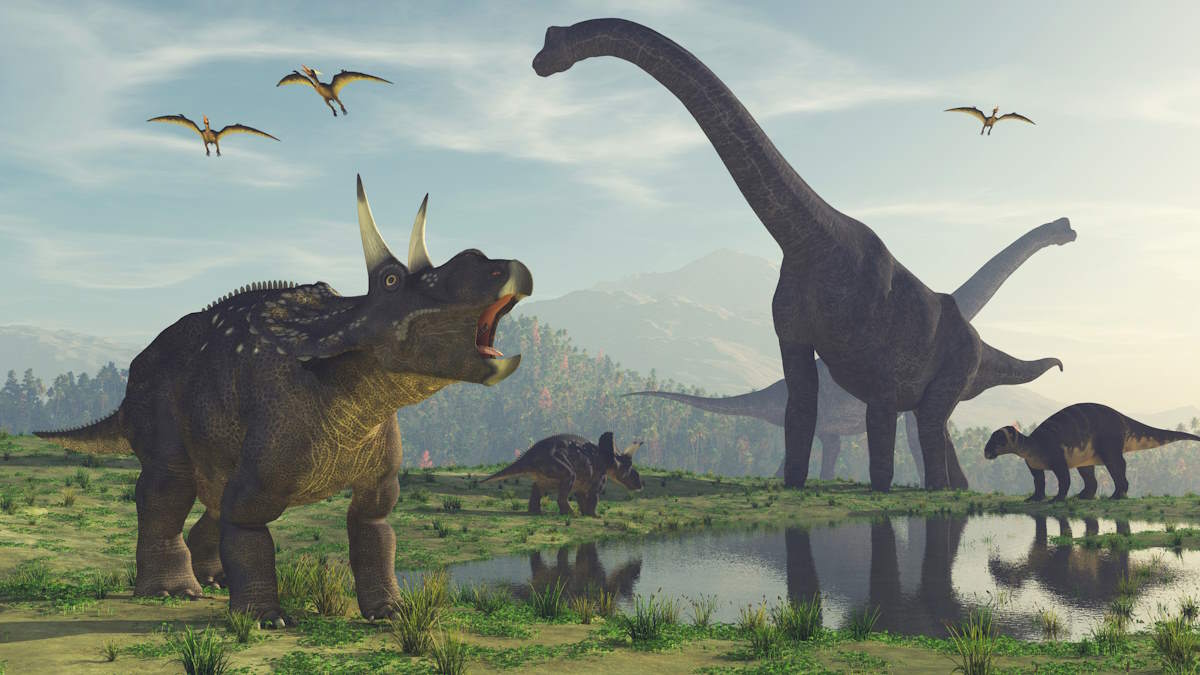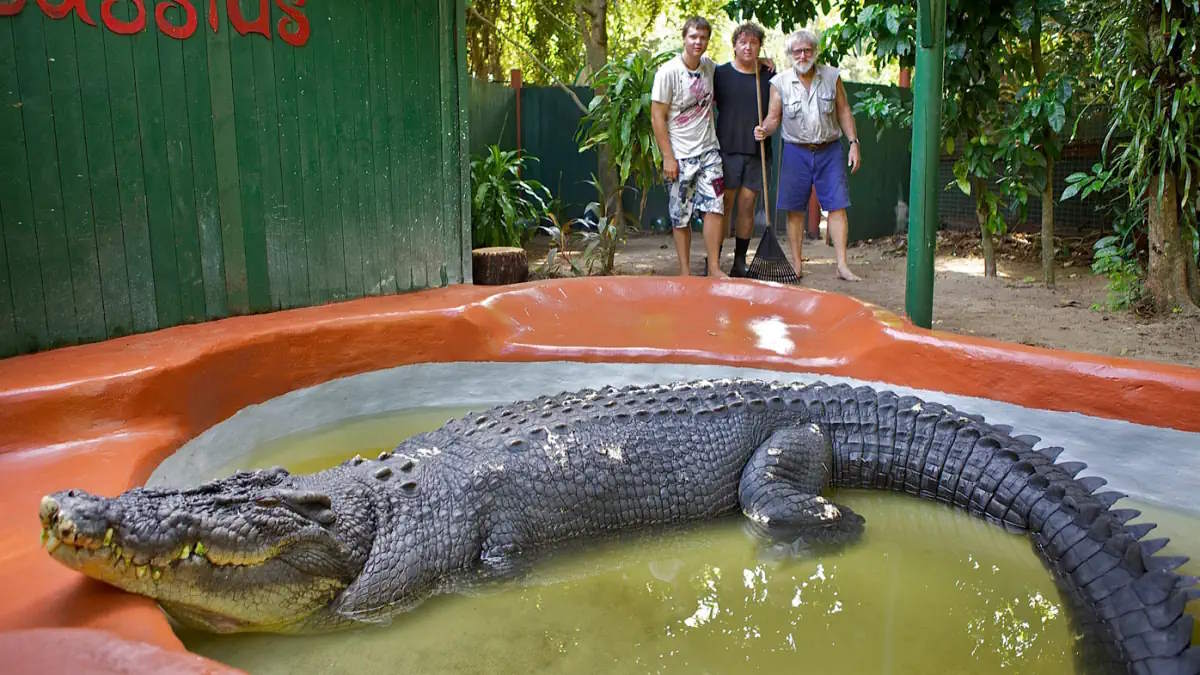The extinction event that led to the demise of the majestic dinosaurs is an enduring puzzle of natural history. However, while these behemoths vanished, a few robust creatures like crocodiles managed to thrive. So, what was the secret of their resilience? Why, and how, crocodiles survived when dinosaurs died?
Category Archives: Animals
10 Amazing Beluga Whale Facts
The beluga whale, scientifically known as Delphinapterus leucas, is a remarkable marine mammal known for its striking appearance and incredible adaptability. Characterized by its distinct white coloration in adulthood, bulbous forehead, and absence of a dorsal fin, the beluga is uniquely equipped for life in the cold and icy waters of the Arctic and subarctic …
Here’s why we can’t just release captive lions or tigers into the wild
The debate surrounding the release of captive lions, tigers, and other big cats into the wild is both passionate and complex. While the idea of freeing these magnificent creatures to roam their natural habitats is undeniably appealing, the realities of such a decision are fraught with challenges. From the individual animal’s ability to survive to …
Continue reading “Here’s why we can’t just release captive lions or tigers into the wild”
How big was the Megalodon actually? [New Studies]
The ancient seas once brimmed with the terrifying presence of the Otodus megalodon-the largest shark species that ever lived. This prehistoric predator, known as the Megalodon, thrived approximately 23 to 3.6 million years ago during the Early Miocene to the Pliocene epochs. Unearthing the actual size of this extinct marine behemoth has been a challenge …
Continue reading “How big was the Megalodon actually? [New Studies]”
African Bush Elephant vs African Forest Elephant: 15 Differences Between Two Species
There are two distinct species that roam the diverse landscapes of Africa: the African Bush Elephant (Loxodonta africana) and the African Forest Elephant (Loxodonta cyclotis). Despite sharing a common heritage, these two species have evolved to adapt to their specific habitats, leading to striking differences in their physical attributes, diet, social behavior, and more.
This is Why Sharks are Afraid of Dolphins
When it comes to the marine food chain, sharks are often perceived as the apex predators, ruthlessly ruling the ocean’s depths. Their fearsome reputation, however, doesn’t make them invincible. Contrary to what many might assume, sharks have been known to fear dolphins, a fascinating aspect that begs the question, “Why are sharks afraid of dolphins?” …
Continue reading “This is Why Sharks are Afraid of Dolphins”
Cassius, the largest crocodile in captivity turns 120
Cassius, holding the impressive title of the world’s largest crocodile in captivity, has just marked a significant milestone – his 120th birthday. Although scientists are working with an estimated age, the sheer longevity of this formidable creature is nonetheless astounding. This occasion marks not only an individual triumph for Cassius but also shines a spotlight …
Continue reading “Cassius, the largest crocodile in captivity turns 120”
8 Largest Prehistoric Crocodiles Ever
In the prehistoric ages, some animals were much bigger than today’s counterparts – including crocodiles. Crocodiles have long been some of the most feared and respected creatures on the planet, and their prehistoric ancestors were no different. Some of the largest and most terrifying crocodiles to ever exist walked the Earth millions of years ago, …
How long do great white sharks live?
Great white sharks (Carcharodon carcharias) can live for a very long time, with an estimated lifespan of 70 years or more. However, it is difficult to determine the exact lifespan of the great whites because they are not easy to study in the wild. And they cannot be kept in captivity, they start to weaken …
How many elephants are left in the world? [2023]
Elephants are wonderful creatures for many reasons! They are intelligent and social animals that form close bonds with one another and live in complex family groups. They are also highly adaptable and can survive in a variety of different habitats, from the savannas of Africa to the rainforests of Asia. In addition, they play important …
Continue reading “How many elephants are left in the world? [2023]”









